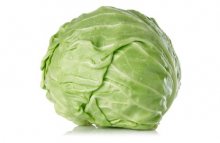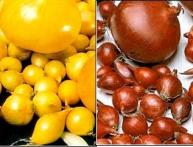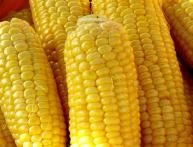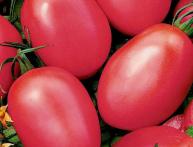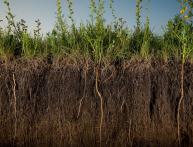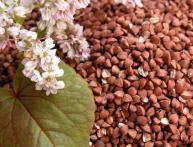Timing for planting garden plants in the ground with seeds and seedlings
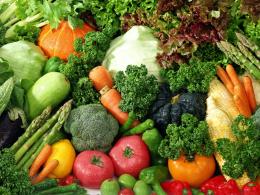
Any owner of a plot of land is always ready to allocate part of the territory for a vegetable garden. Some plant only a small amount of vegetables and green crops, some try to cover as wide a range of plants as possible, believing that the most delicious and environmentally friendly vegetables can only be grown with their own hands.
In order for plants to show all their varietal qualities when growing it, a number of requirements must be observed, these are, first of all, the requirements for lighting, soil and watering. If you want to grow a particular crop, it is important know the landing dates garden plants in the ground, taking into account the seedling and non-seedling method of cultivation.
Content:
- Planting dates for garden plants of the Nightshade genus
- Planting vegetables from the pumpkin family
- When to plant cabbage crops
Planting dates for garden plants of the Nightshade genus
All representatives of the Nightshade family were brought to Europe and Russia from America. Almost all of them are heat-loving and to obtain a harvest in most regions of Russia they are grown through seedlings.
The following crops belong to Solanaceae:
- tomatoes
- eggplant
- vegetable peppers
- potato
- physalis
Potatoes are the first and most important crop for most gardeners. It is grown from tubers. Planting of this crop begins after thawing the soil and warming it up at the depth of planting the tubers to a constant temperature of +7 + 8 degrees.In this case, the average daily air temperature should not be lower than 8 degrees Celsius.
Such conditions in most regions of Russia occur in the last ten days of April - the first ten days of May. It is preferable to plant early potato varieties precisely at these times, middle and late ones in the second half of May.
Peppers and eggplants are grown almost everywhere through seedlings.
The time for sowing these crops for seedlings is from mid-February to early April. Peppers and eggplants are planted in the garden at the end of May - beginning of June.
Tomatoes are also, in most cases, grown through seedlings at approximately the same time as eggplants, but in some regions you can get a tomato crop by sowing seeds in the ground. They do this the same way in the second half of May, the harvest is obtained slightly later than when Vgrowing through seedlings.
Physalis is not a widespread crop in Russia; I grow it mainly through seedlings in the same way as tomatoes.
Planting vegetables from the pumpkin family
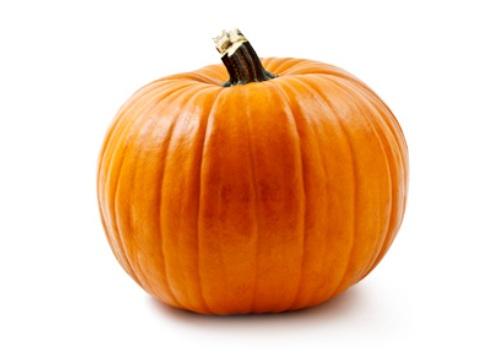
Representatives of the vegetable family belonging to the Pumpkin family were grown in Russia long before the appearance of tomatoes and potatoes; these include the following garden crops:
- cucumbers
- pumpkins
- zucchini
- squash
- melons
- watermelons
All pumpkin crops are planted in the ground when the soil warms up to 14 degrees Celsius. In most regions of Russia this happens no earlier than the second half of May. Cucumbers, pumpkins, zucchini, and squash can be sown directly into the ground after May 10-15.
Melons, watermelons, and early cucumbers should be grown with preliminary sowing of seeds to obtain seedlings.Sowing seeds for seedlings is carried out at the end of March - beginning of April, taking into account the fact that the moment of transplanting to the garden occurs in late May - beginning of June and the age of the seedlings should be approximately 50 days.
It is important to consider that cucumbers, melons and watermelons do not tolerate transplantation well, so it is advisable to sow them for seedlings in separate containers, this will help avoid damage to the seedlings.
Cucumbers and all pumpkin crops are afraid of late frosts, so you should take care of additional shelter in case of their threat. If you want to get a harvest of cucumbers that can be pickled in barrels for the winter, their seeds can be sown in June, from the 15th to the 21st.
When to plant cabbage crops
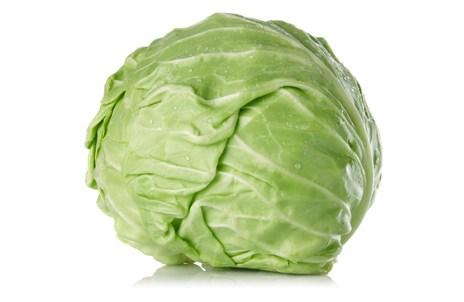
Vegetables of the cabbage family include primarily all types of cabbage:
- cabbage white
- broccoli
- color
- red cabbage
- kohlrabi
- Beijing
The most popular crop is white cabbage. Young seedlings tolerate short-term frosts down to -3 degrees quite well. Considering that cabbage shoots appear quite quickly, 5 to 7 days after sowing, the seeds should be sown when the time of serious frosts has passed.
You can also sow cabbage seeds in a greenhouse, and after the threat of frost has passed, transplant them into open ground; well-grown, hardened seedlings can withstand frosts down to -5.
Seedlings of early varieties of white cabbage can be plant in the ground after April 25, and middle and late - from May 15 to June 5. It is worth mentioning separately about such representatives of the Radish genus from the Cabbage family, like radishes.
Radish is the first crop to appear on the table. Radish seeds germinate three to five days after sowing, and the harvest can be harvested after 30 to 40 days.
Considering that radish seedlings can withstand slight frost, it can be sown in open ground in the second half of April, and in a greenhouse in early April.
When growing vegetables, you should remember that depending on weather conditions, the timing of planting garden crops may shift, so first of all you need to focus on the temperature conditions of the air and soil.
Useful video about planting dates for garden plants:
Interesting information about the vegetable garden


